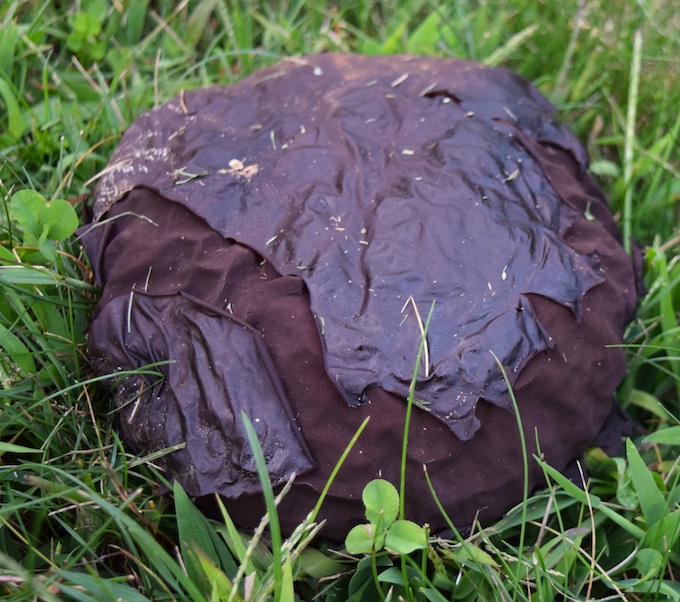After a few hours of free-ranging, I call the hens back home. Everyone comes quickly. They know that this is the only time that they get scratch grains. When they are back in the run, I count. There should be eleven chickens.
I count ten. Misty is missing.
She has dreams of being a wild jungle fowl, that elusive Indonesian bird that our domestic chickens are descended from. Or, maybe, she imagines that she is her late, late, late ancestor, a dinosaur. Whatever. I have to find her. I look in the tall grasses of the meadow, where she sometimes builds a nest. She isn’t there. I check the overgrown raspberry patch.
She’s there, well-hidden, but I see movement.
Misty, the carnivore, is busy looking for crawling and wiggling things to eat. She cares not a whit that her flock mates have all hurried home to grain and safety. She is a wild jungle fowl!
I manage to get her back onto the lawn. I shake the can of corn and she remembers about the easy pleasures of domesticity.
Misty comes running.
It’s not difficult to tame the wild jungle fowl.
Do you have one in your flock?























